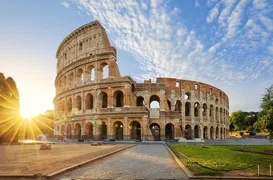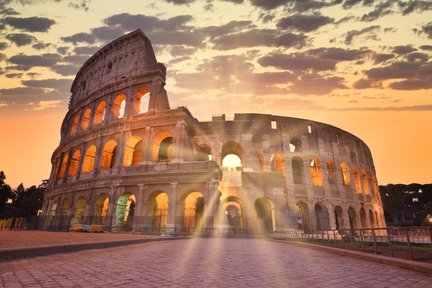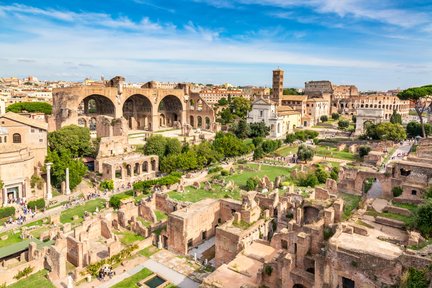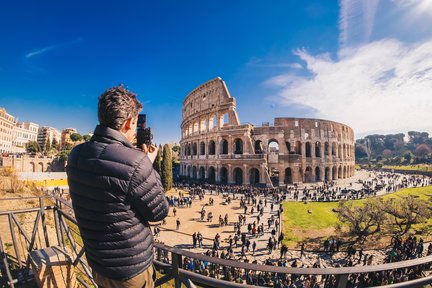Colosseum

The best of Colosseum
Bucket-list experiences
Make it a getaway
Trouble-free transport
More to explore
Why people love Colosseum
Nearby places to go
FAQs about Colosseum
When is the best time to visit the Colosseum in Rome?
How can I get to the Colosseum using public transportation?
What should I know to make the most of my visit to the Colosseum?
What are the security measures at the Colosseum?
Is the Colosseum accessible for disabled visitors?
What are the parking options near the Colosseum?
Is there a dress code for visiting the Colosseum?
Is the Colosseum child-friendly?
What are the ticket options for the Colosseum?
What to know before visiting Colosseum
Remarkable Landmarks and Must-Visit Sights
Colosseum
Explore the grandeur of the Colosseum, where ancient gladiators once battled. Don't miss the underground area, the Hypogeum, for a deeper dive into its history.
Colosseum Outer Wall
Your experience begins before you ever set foot inside: the first sight of the Colosseum is always special. The crumbling ruin of the south side gives way to the imperious magnificence of the stunning north side. The ornate structure is 57 metres tall, built using travertine marble sourced from quarries around Italy.
The Second Floor
See the arena from above as you walk around the amphitheater. The second floor of the Colosseum would have been reserved for the wealthiest, most important members of Ancient Roman society. Marvel at the sheer size of the structure, the ornate stonework, and the general sense of greatness.
Culture and History
The Colosseum is a testament to the grandeur of Ancient Rome. Construction began under Vespasian in AD 70-72 and was completed in AD 80 by his son Titus. It hosted gladiatorial games, wild animal hunts, and even naval battles. The rise of Christianity led to the decline of these games, with the last gladiatorial fight taking place in AD 404. Despite damage from earthquakes and looting, the Colosseum remains a symbol of Rome's enduring legacy.
Local Cuisine
While visiting the Colosseum, indulge in Rome's culinary delights. Must-try dishes include pasta carbonara, cacio e pepe, and Roman-style pizza. Nearby trattorias and cafes offer a taste of authentic Roman flavors that will make your visit even more memorable.



